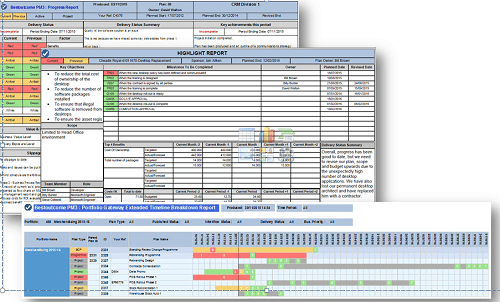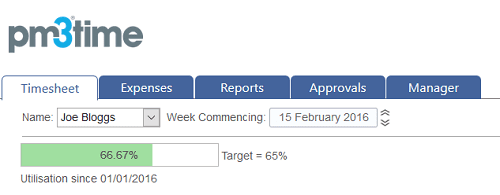I have run a consultancy, Bestoutcome, for over 15 years and before that I worked for one of the big 4 consultancies, PwC. Consultancies are in essence a simple business; you sell people for a given rate per day or per hour, if you are lucky. All consultancies need to work out a utilisation rate which their consultants must reach and provided the billable rate is high enough, you end up with a profitable business.
Utilisation is a measure that is often defined differently for different companies. The calculation is typically:

The days billed is defined as the days that you have billed a client and is not open to much interpretation. However, the denominator can be defined very differently. For example, the denominator may or may not include: annual holidays, statutory holidays, paternity leave, etc.
Once you have decided what definition of utilisation you need for your organisation you then need to determine the target utilisation that each consultant needs to achieve. This target is likely to be different for different groups or roles. For example, a Partner or Director would typically have a lower utilisation target than a junior consultant.
If utilisation is such an important measure or KPI for a consultancy it then follows that you need a system to be able to track utilisation and show achievements to target. Of course, for a consultancy you also need to track days billed so a timesheet system is a core operational system. However, I’m still surprised how many consultancies still use word or excel based timesheets.
So how can a timesheet system help drive profitability in consultancies? First, you need the right timesheet system and I’ll come to that later. If we agree that setting a utilisation target for a consultancy is a crucial metric for profitability, the next step is to ensure that consultants are achieving that target. Targets are only good if they are visible and you can see how well you are doing against your target. It is no good setting a target at the beginning of the year, reviewing it at the end of the year and realizing that it hasn’t been reached. Targets and achievements against targets need to be visible. Ideally when a new timesheet is being completed the actual utilisation against target should be displayed.
This visibility helps spur the consultant to achieve his or her target especially if there is an incentive to do this. Also, the management can review achievements against utilisation targets on a weekly or monthly basis and take remedial action if a consultant is seen to be underperforming consistently against target. This all helps to drive profitability.
There are literally hundreds of timesheet systems available but most do not support the needs of a consultancy. In addition to the usual requirements to record time, these are the key requirements that a timesheet system should meet for a consultancy :


Summary
A good timesheet system that supports utilisation tracking is an essential and often inexpensive tool for consultancies. It can drive profitability by continually measuring utilisation achieved against targets. Not all timesheet systems provide this functionality.

Our products help you deliver successful change programmes and projects by always focusing on the overall business outcomes. Find out how our products can help you.
Tell me more Request a DemoMost organisations want to do more with less. It is important that employees are focused on producti...
Read more >Consultancies are in essence a simple business; you sell people for a given rate per day or per hour...
Read more >Consultancies are in essence a simple business; you sell people for a given rate per day or per hour...
Read more >